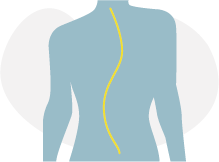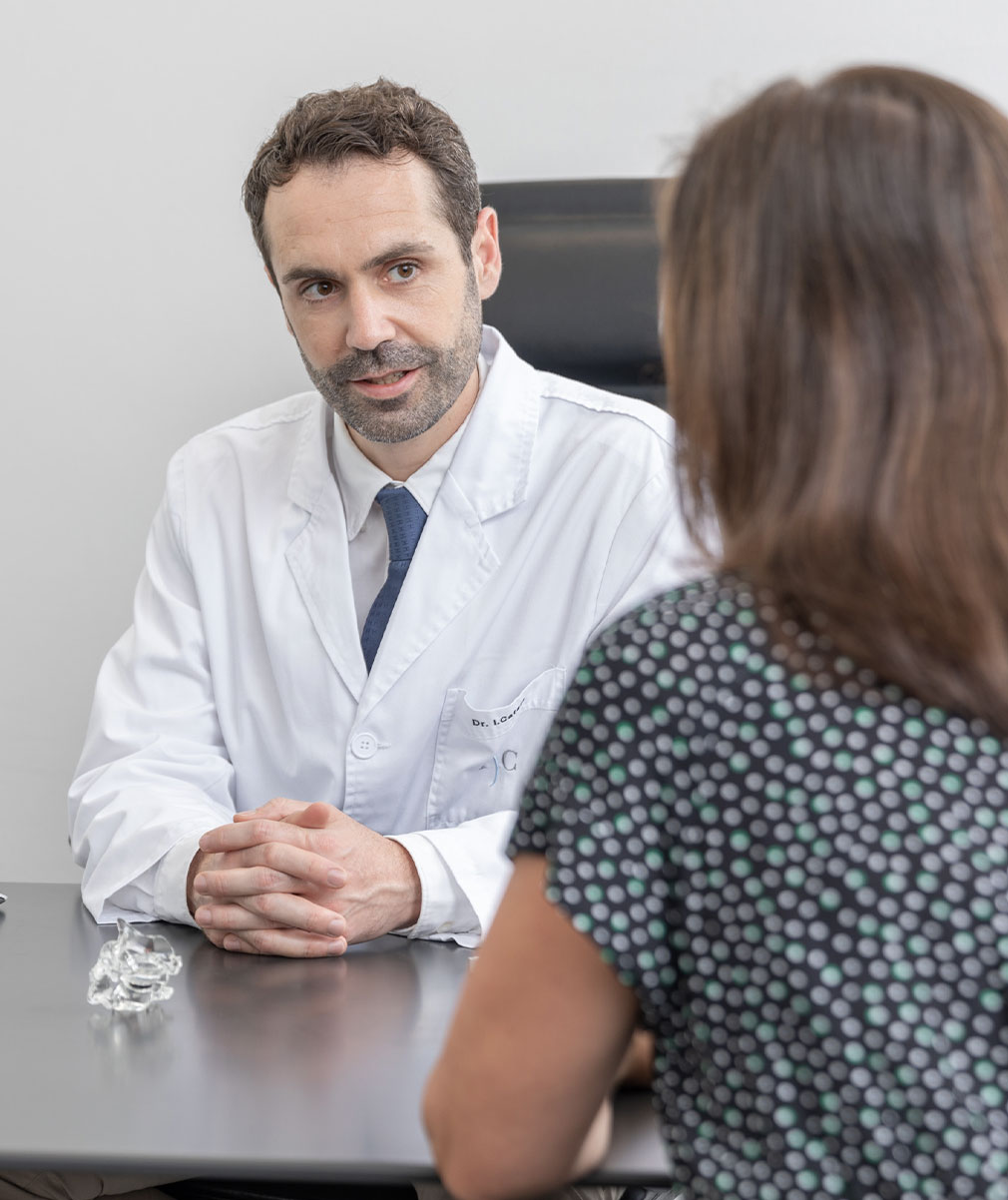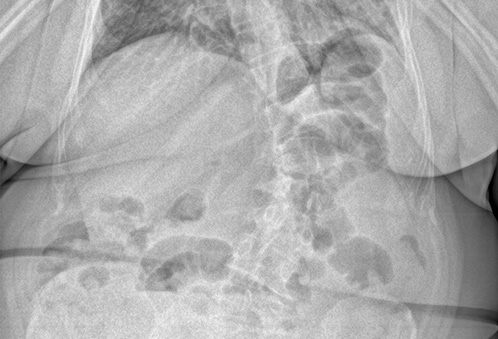At Instituto Clavel, the medical diagnosis of scoliosis requires a complete overall examination of the patient. This examination includes a low dose bi-planar X-ray using the new EOS technology, which provides a high quality image which allows the doctor to determine the degree of scoliosis precisely. This test is usually complemented with a magnetic resonance of the complete spine.
If it is decided that the patient has to undergo surgery, the study will also be complemented with a computed tomography of the spine and, in the case of adults with scoliosis, a densitometry to make an assessment of bone quality
How do we treat it?
At Instituto Clavel we offer treatment options for scoliosis in children and adults. The treatment options vary depending on the degree of severity. There are nonsurgical options for the mildest cases and surgery for more severe cases.
In mild cases, at Instituto Clavel we usually opt for specific physical therapy to strengthen the muscles and the spine, which will help correct the curvature.
When the severity of scoliosis is moderate, in addition to physical therapy, the doctor may recommend using an orthopedic brace. If the affected patient is in the growth stage, medical advice for the most effective treatment is to wear the brace for 23 hours a day to correct the problem, a use that will gradually decrease.
However, when the curvature of the spine is severe and affects the quality of life of the patient, it is necessary to turn to surgery to correct it. For this we have a multidisciplinary team composed of an orthopedic surgeon, Dr. Charosky, who is a world leader in scoliosis surgery, the team of neurosurgeons headed by Dr. Català, the Pain Unit and the ICU team with first-rate critical care physicians.
In addition, we have highly advanced technological equipment including the O-ARM 2 scanner, the Mazor X robot and intraoperative neurophysiological monitoring to make surgery easier and safer. It is important to point out that all this is essential, since scoliosis is one of the most complex spinal surgeries, and it requires the necessary human and technological resources to minimize risks to the maximum.




